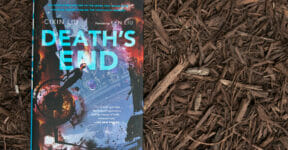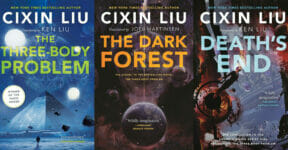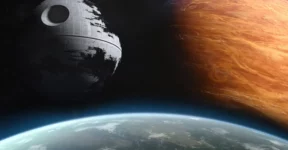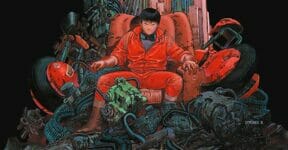After a huge success with the award-winning Three-Body Problem, Liu Cixin delivers the second part of his Remembrance of Earth’s Past trilogy in The Dark Forest. Taking the central spot in the narrative continuation is the Fermi Paradox.
Plot
Ye Wenjie, the main character in the previous novel makes a brief appearance in the follow-up story. The first to establish contact with Trisolaris, Wenjie is involved with the Trisolarans in a conspiracy to destroy human civilization through the ETO (Earth-Trisolaris Organization) of which she is a co-founder and leader.

Already an old woman by the time The Dark Forest begins, the plot progression happens through new characters who must prepare for the consequences of her actions in the past. Thanks to her contact and continued communication with Trisolaris, humans are now under threat of annihilation by the Trisolarans. A massive fleet of spaceships are now heading toward the Earth and will arrive in a few centuries. Ahead of the fleet are hijacking devices called the “sophons” to hinder human scientific progress.
Sophons are programmed to read computer data and record communication between individuals before transmitting the information to Trisolaris. All conventional defense plans are rendered useless. The only thing those devices cannot read and comprehend is secret thought.
The United Nations is compelled to establish the Wallfacer Project. Four of the world’s best thinkers are assigned to craft secret plans as defensive measures against the incoming fleet. They are provided with the financial and technological resources to prepare the strategies. Since the Trisolarans will not arrive until centuries in the future, the government initiates a hibernation program for the Wallfacers while waiting for the enemies to come within attacking range.
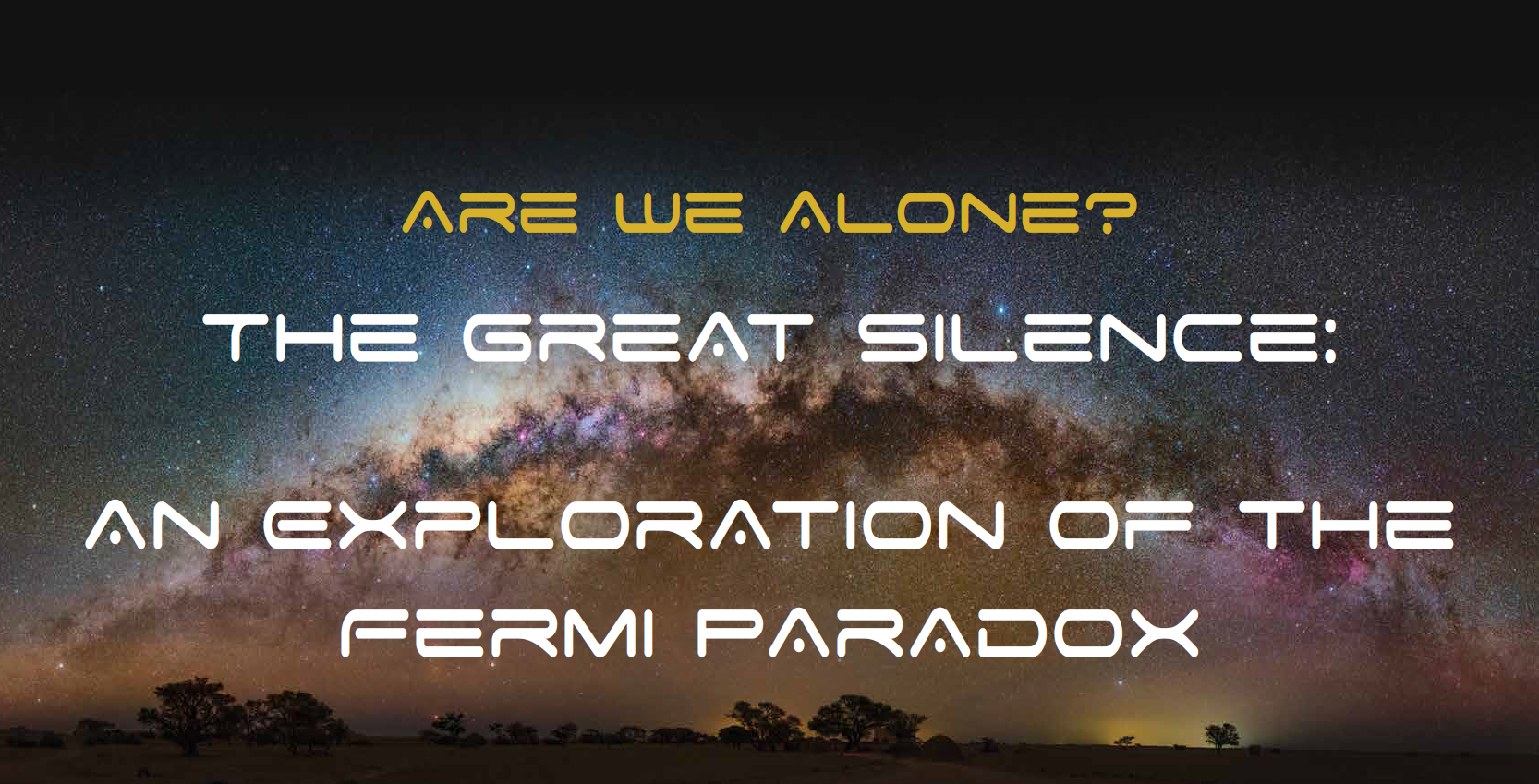
Various plans are put in place, but only one is deemed effective enough. Luo Ji, one of the Wallfacers, figures that the universe is like a dark forest with hunters and prey scattered all around; everyone sees anyone as a threat to neutralize. Lou Ji will use the existing communication technology to also broadcast Trisolaris’ location throughout the universe, exposing it to other extraterrestrial civilizations.
The broadcast will put Trisolaris in the crosshairs of more advanced intelligent alien species. In practice, Lou Ji resorts to a MAD (mutually assured destruction) strategy but uses the help of an unknown party to destroy the enemy. With intense secrecy and many complications, Lou Ji eventually executes his plans and saves the Earth.
Characters
At the center of the story are the Wallfacers—four people who drive the plotline with their unique plans to defend the Earth against the impending Trisolaran invasion.
- Frederick Tyler: the primary plan of Frederick Tyler, former US Secretary of Defense, is to deploy a large number of nuclear-armed kamikaze spacecraft into the Trisolaran fleet. His secondary tactic involves working in secret with ETO to double-cross the Earth and eventually triple-cross the Trisolarans. As a last resort, Tyler will remotely control the ETO crafts and detonate the onboard hydrogen bombs. None of the plans materializes. Tyler commits suicide after his Wallbreaker tells him that all the plans are futile.
- Manuel Rey Diaz: the former President of Venezuela plans to use enormous hydrogen bombs to attack the incoming invader’s fleet. He also proposes the idea of using a nuclear explosion to propel Mercury into the sun, resulting in a catastrophic chain reaction that destroys the entire solar system. Once his Wallbreaker exposes the suicidal plan, Diaz escapes to Venezuela where he is stoned to death.
- Bill Hines: the English neuroscientist comes up with the idea of artificially increasing human intelligence levels to uncover the unknown mysteries of particle physics. Hines expects to see scientific discoveries to match the Trisolarans’ advanced technologies. However, he contradicts himself with a secondary plan which involves instilling a “defeatism” state of mind in the military. Once the perspective is planted, humans cannot help but think that defeat is inevitable and develop an inclination to escape the solar system regardless of technological achievements.
- Luo Ji: unlike the other Wallfacers with elaborate plans and backup strategies, Lou Ji—a sociologist and astronomer—refuses to work at all. Instead, he uses all the money provided by the UN to live a comfortable life. His plan is to force the Trisolarans into a truce by broadcasting their location to the galaxy. If broadcasted, the Trisolarans will come under the same threat of invasion and annihilation possibly by another more advanced civilization.
All of the Wallfacers’ plans are meant to be the ultimate secrets. No one knows about the defense strategies but themselves. To try and reveal the secrets, the Trisolarans appoint members of the ETO to spy on the Wallfacers; those spies are known as Wallbreakers, and each has a codename:
- Von Neumann, assigned to keep track of Frederick Tyler
- Mozi, tasked with unveiling the plans by Manuel Rey Diaz
- Aristotle, the Wallbreaker to Bill Hines
Since the ETO is not entirely sure whether Luo Ji poses a serious threat, the Trisolarans have no Wallbreaker assigned to him. With all the uncertainty surrounding his role in Earth’s defense strategies, the ETO makes the correct assumption that Luo Ji will be his own Wallbreaker.
Another important character is Ye Wenjie, a former teacher of Luo Ji and the astrophysicist who first initiated contact with the Trisolarans. She is a co-founder and is regarded as the spiritual leader of the ETO. Ye Wenjie is the main character in the Three-Body Problem.
Thought Exercise
All novels in the Remembrance of Earth’s Past trilogy, of which The Dark Forest is the second installment, revolve around the idea of survival. The story is almost like the process of creating a disaster preparedness plan, but at a much larger scale because it involves the very existence of human civilization. The central thought exercise is figuring out how humanity responds to an inevitable yet certain threat. The novel presents an unmistakably challenging parallelism to the looming yet existential catastrophe triggered by climate change. The disaster is coming but is not really here yet. Defeatism, ignorance, and indifference typically arrive first.
In most novel series, the first book typically becomes the benchmark to which any subsequent releases are compared. The Three-Body Problem is undoubtedly the best in the trilogy, but The Dark Forest comes close in terms of plot complexity, science-heavy exposition, and action. Many of the assumptions commonly found in the Anglosphere sci-fi culture are rarely found, giving the novel a unique tone in the Western sci-fi literary culture. The Dark Forest is a story of alien invasion, a space opera filled with political allegory, sci-fi romance, farfetched technological advances, and spaceship battles. While the plot development–especially in the first one-third of the novel can appear dreary and demands some patience, it offers a rewarding reading experience as the intricacy draws nearer to the end.
Remembrance of Earth’s Past makes for a challenging read. That said, it is difficult not to recommend the series. Let us know what you think of The Dark Forest, and the trilogy. We’d love to hear from you.
Other things you might want to know:
What is the Fermi paradox?
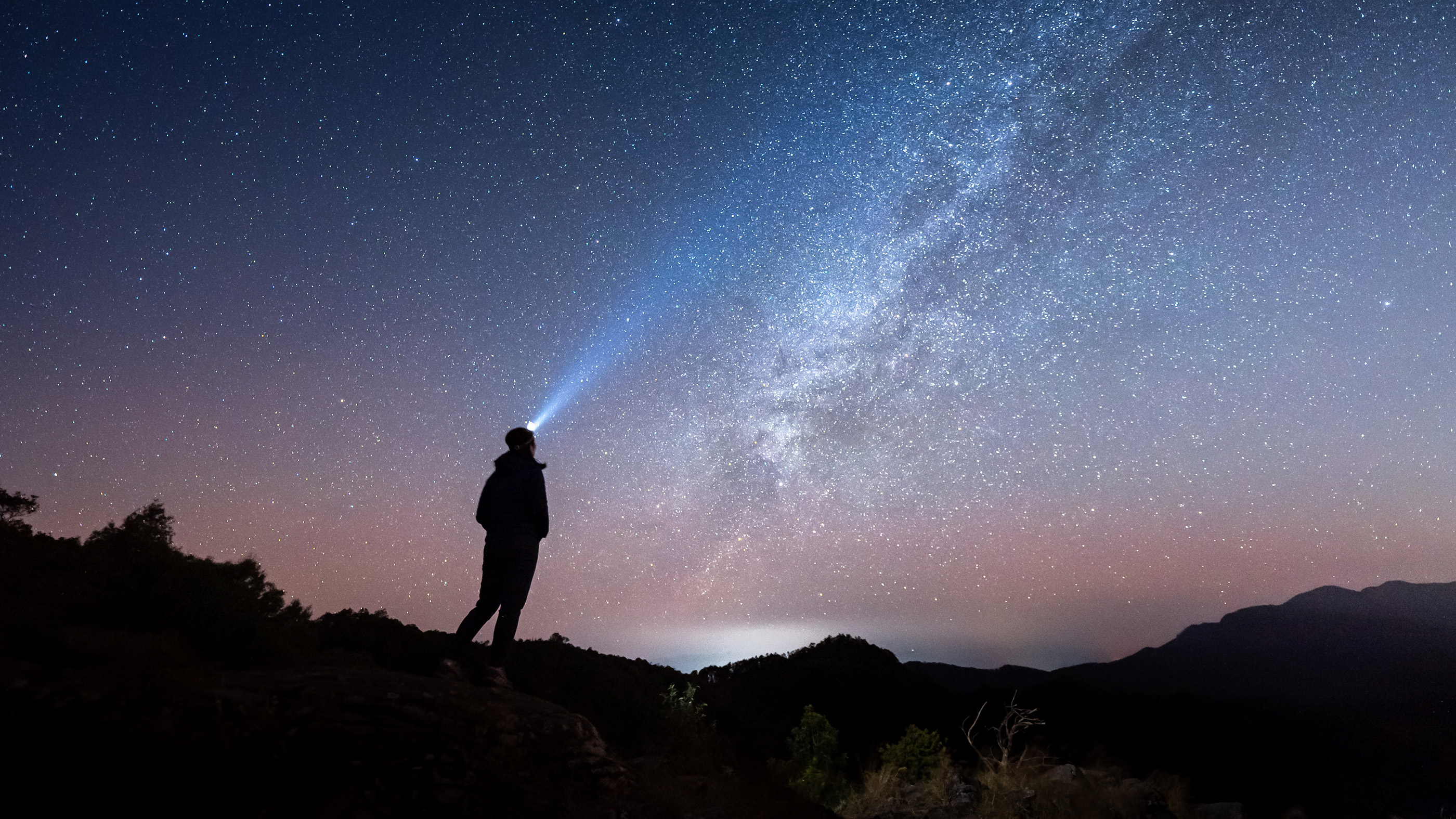
Named after Enrico Fermi, an Italian-American physicist best known for his role in the construction of the world’s first controlled nuclear reaction in 1942, the Fermi paradox questions the dichotomy between the high probability of the existence of extraterrestrial intelligence and the obvious lack of evidence to support the such presumption.
What is the Dark Forest theory?
There have been many proposed solutions to the paradox; one of them is the Dark Forest hypothesis, a supposition that extraterrestrial civilizations exist but they keep themselves hidden from discovery due to the fear of invasion. Every civilization assumes another as a threat.
What are the novels in Liu Cixin’s Remembrance of Earth’s Past series?
- The Three-Body Problem was originally published in May 2006. English translation (by Ken Liu) was first published in November 2011.
- The Dark Forest (2008). Joel Martinson provided the English translation, published in August 2015.
- Death’s End (2010). Translated into English by Ken Liu, published in September 2016.



